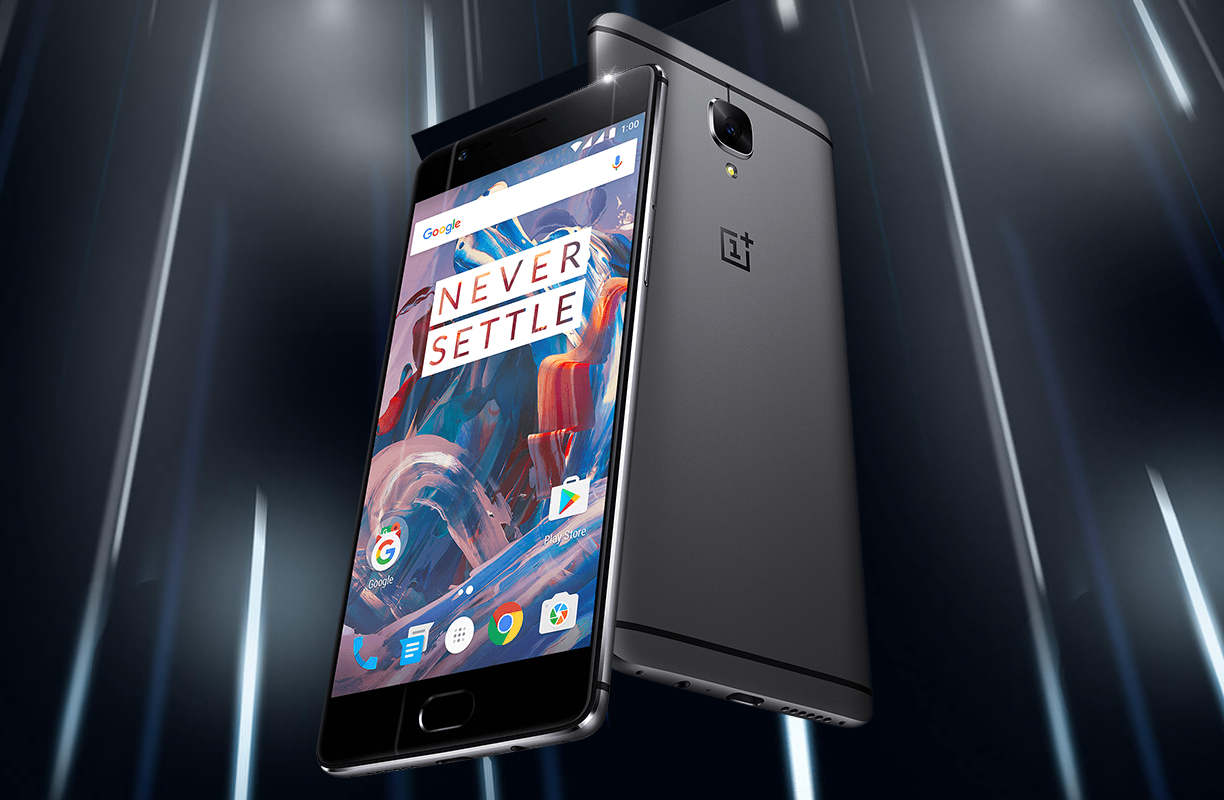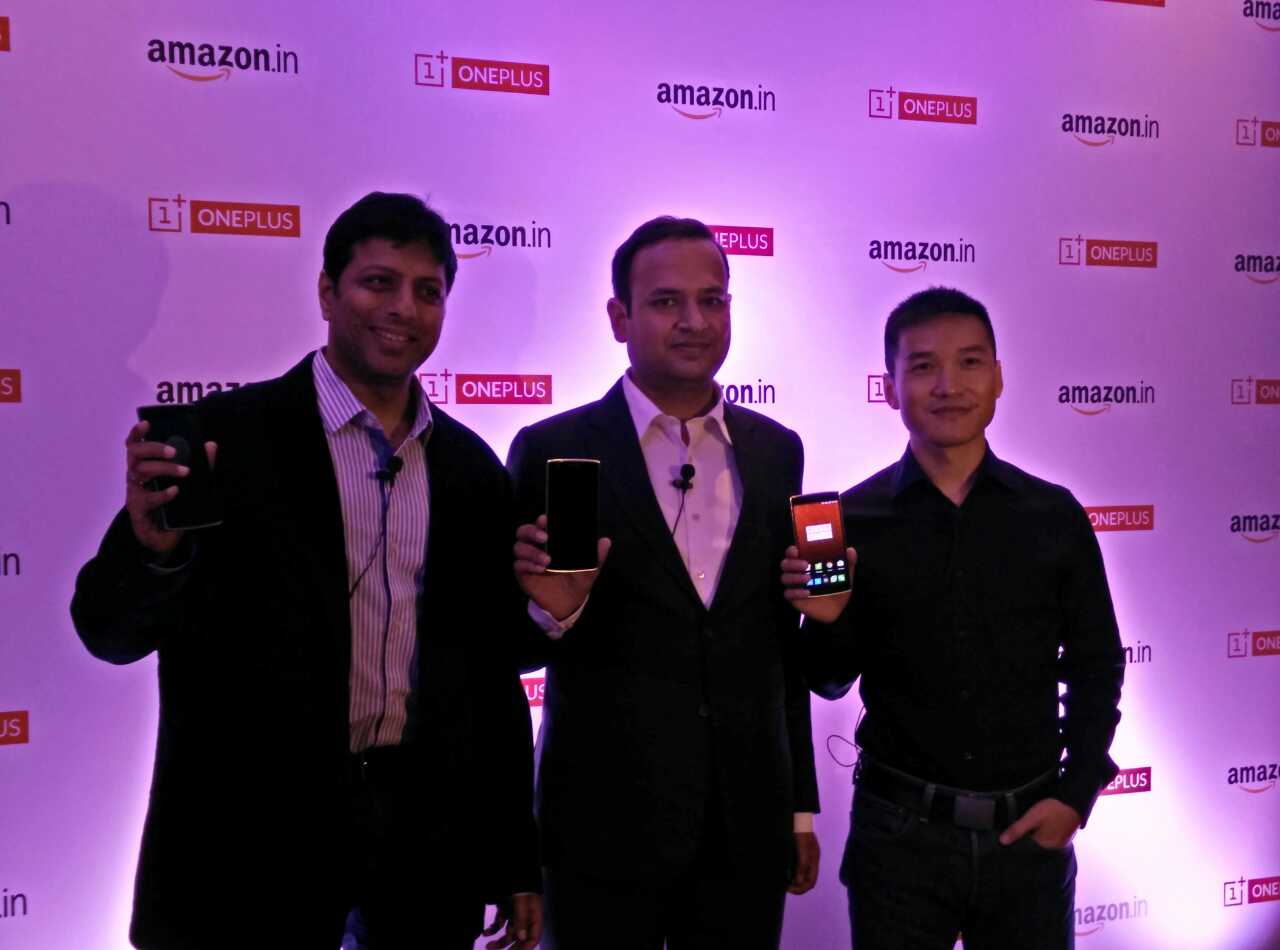
OnePlus’s new flagship, the OnePlus 3 phone.
India was not in the picture when OnePlus hit the European and Chinese markets, two years ago. That was because the smartphone was targeted at premium customers, and India was perceived as a market for budget buyers.
“This was until we realized that although OnePlus wasn’t selling in India, it was among the top seven countries buying our phone,” Vikas Agarwal, general manager of OnePlus in India, tells me.
Indians bought the phones, using addresses in Europe and the US, and shipped them home to India. Since then, the smartphone startup founded by Pete Lau, has trained its eyes on the Indian market by closely watching buying behaviour, building and engaging with the community of buyers and fans, and fixing market requirements (such as service centers).
OnePlus’s goal is to be the next Apple. They have everything planned: from who their future target customers are [“today’s students are tomorrow’s buyers”] down to what the phone’s “snob” value will be – “smartness,” according to Vikas.
OnePlus wants its customers to be ‘smart’ phone buyers- the best features at just the right price.
“If someone is seen with a OnePlus phone, you know he is serious about the quality of the phone,” says Vikas.
The company hopes that the growing community of Indian online buyers will take them to where Apple is today: the best in the market, but for Android users.
How? With a renewed focus
To begin with, OnePlus is coming up with its first large format experience center on a 14,000 square feet property on Brigade Road in Bangalore.
“We knew that the experience the customers were having at large electronic stores was not great. That’s also where we got our answer: online for sales, offline for the experience,” Vikas says.
Vikas makes it clear, however, that the experience center will not sell phones. “We believe that the store will be viable only if we do not sell. Instead, the center will let customers experience the phone, interact with OnePlus employees, learn all about OnePlus phones,” he says.
The experience center will, however, offer phone services, which incidentally, is a challenge the company is working on resolving.
The objective is to connect with its customer base offline, he adds. [pull quote]“We want to engage with our customers and our fans. The center is a large investment and it shows our commitment to the Indian market,” he says.[/pull quote]
Indicating this change in focus is the expansion of its teams in India.
Plugging gaps in processes

Students line up to visit a OnePlus pop-up store. Photo credit: OnePlus.
The product’s marketing has been largely through word of mouth and OnePlus plans to stick to this, but with a greater emphasis and engagement with the student community. “Students form a large part of our community, participating in online forums and coming in large numbers to our pop-up stores, even though the phone may not be affordable to them at present,” Vikas says, adding that students are potential buyers.
With OnePlus 3, the company also ended its invitation model for purchasing its phones. “The invite-only model helped us manage our inventory better and after two years, we thought we had a fair understanding of the market. It also helped sell the phone.”
The phone has a waiting period of close to a month in European countries. This, Vikas believes, is a sign of the trust customers have on the brand. But he admits that supply issues have to be sorted as soon as possible.
OnePlus partnered with Foxconn to manufacture the phones in India, but the process has hit certain glitches.
“We had budgeted OnePlus 3, priced at INR 27,000 (US$406), thinking that it would be manufactured locally, but this didn’t happen. We are hoping that by the end of the next quarter, we will be able to manufacture locally,” he says.
OnePlus is also working with its distribution partner Amazon in this regard. “A bigger team in Amazon will help increase our visibility through various campaigns. With increased coordination with Amazon, we are also hoping to forecast and predict sales and manufacture accordingly,” he said.
Meeting deadlines

OnePlus India launch. Photo credit: OnePlus.
According to Vikas, post-sales service was a critical issue in India, so OnePlus has at least three more exclusive service centers on the anvil.
It has five such centers running currently. They promise to fix issues with the phone within 60 minutes. “In pilot studies done, so far we have managed to keep the deadlines in 97 percent of software issues and 80 to 90 percent of hardware issues. The delay in hardware issues is largely when parts are not available,” he says.
The company only sells its phones online. Understandably, its largest traction in India is from its metro cities. Second-tier cities like Pune and Chandigarh too are big as there is a large affluent population there. As the OnePlus service centers were in the metro cities, the company has tied up with another company to provide pick-up and drop services in the smaller cities for repairs.
According to Vikas, India caught them unaware because projections showed that the market in India was largely entry level, while OnePlus was a premium product. [pull quote]“We launched with Amazon, which was new at the time and didn’t have the same traction as Flipkart. We were also following the invite system which made the addressable market small. Yet, we did well and we managed to capture a sizeable market,” he recalls.[/pull quote]
It was this realization of the potential of the Indian market that has forced them to re-strategize and scale up its marketing efforts in the country.
“In India, only about five percent of the population can afford OnePlus phones right now, whereas in comparison, in European countries, at least 90 percent of the population can afford them. But the aspirations of the people are changing,” Vikas says, adding that this is also why the company was focusing on the student community.
“The decreasing fascination with Xiaomi phones will also help push OnePlus sales,” Vikas believes, even though Xiaomi targets the budget market. “Xiaomi users too bought phones online and we believe that when these users decide to shift to a different company, they are likely to look for options online rather than buy phones offline,” he says.
OnePlus will be waiting for them, he promises.
This post OnePlus radically revamps India strategy, gets more aggressive appeared first on Tech in Asia.
from Tech in Asia https://www.techinasia.com/oneplus-revamps-india-strategy-gets-aggressive
via IFTTT
No comments:
Post a Comment